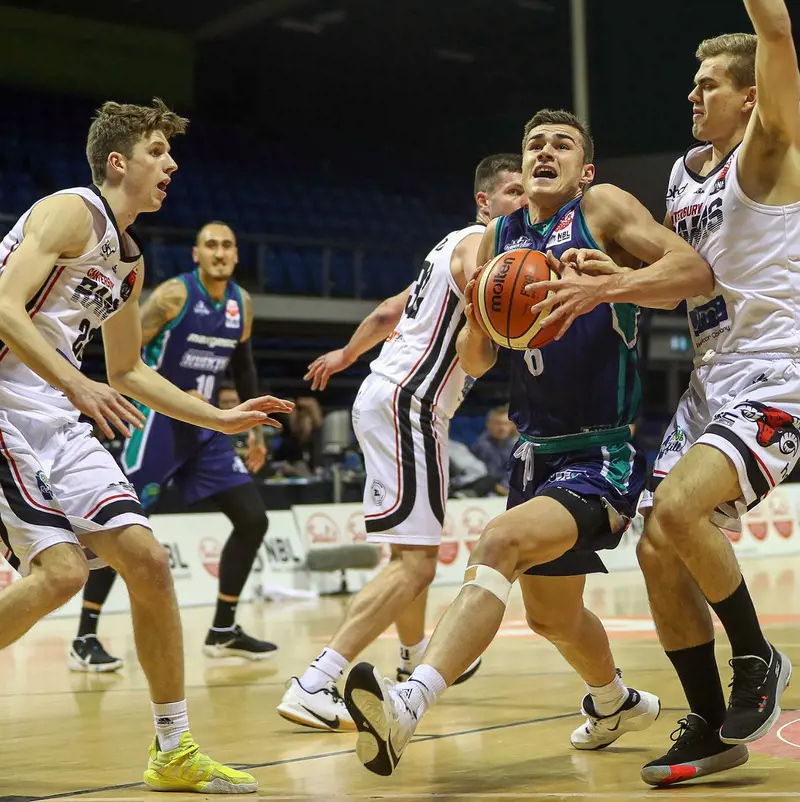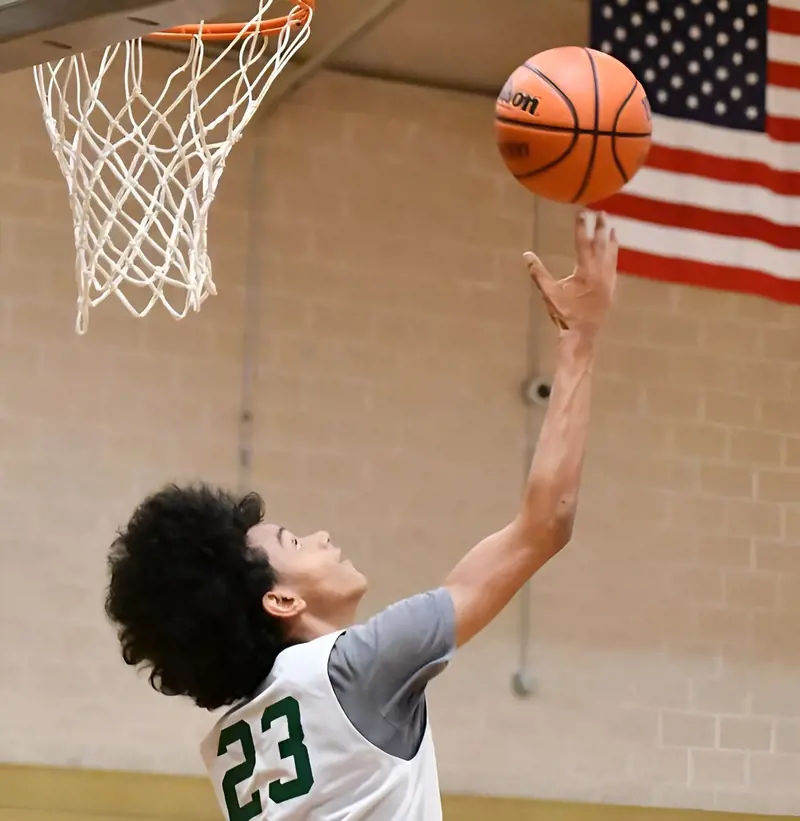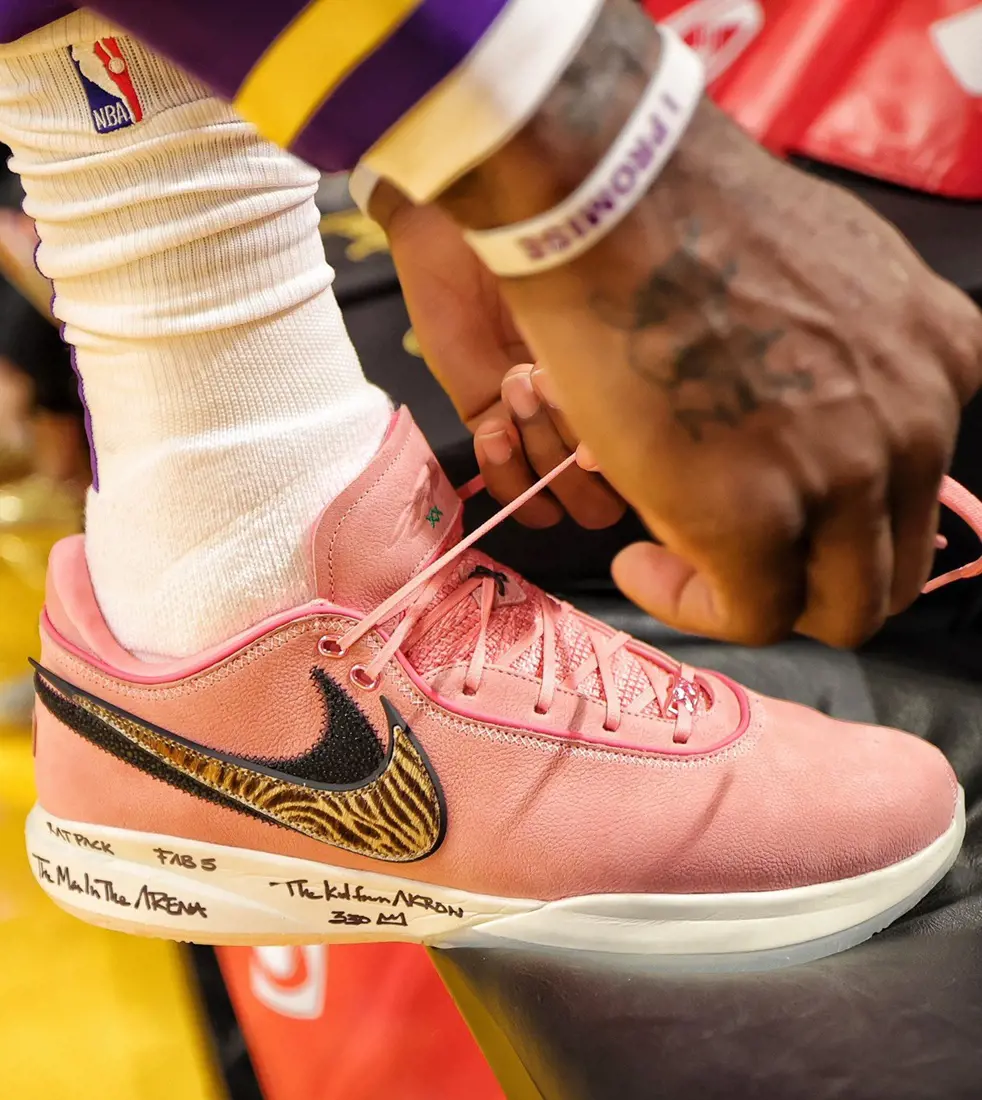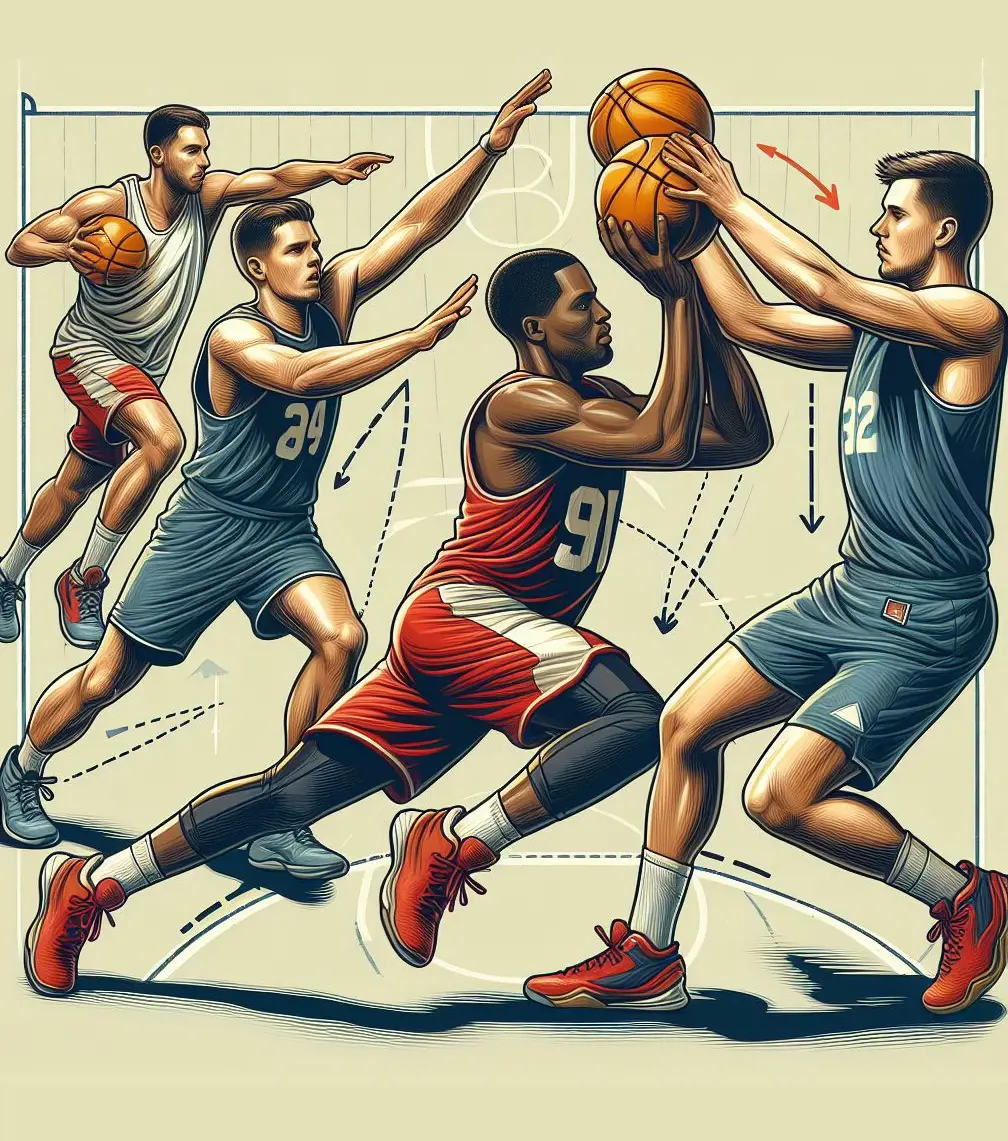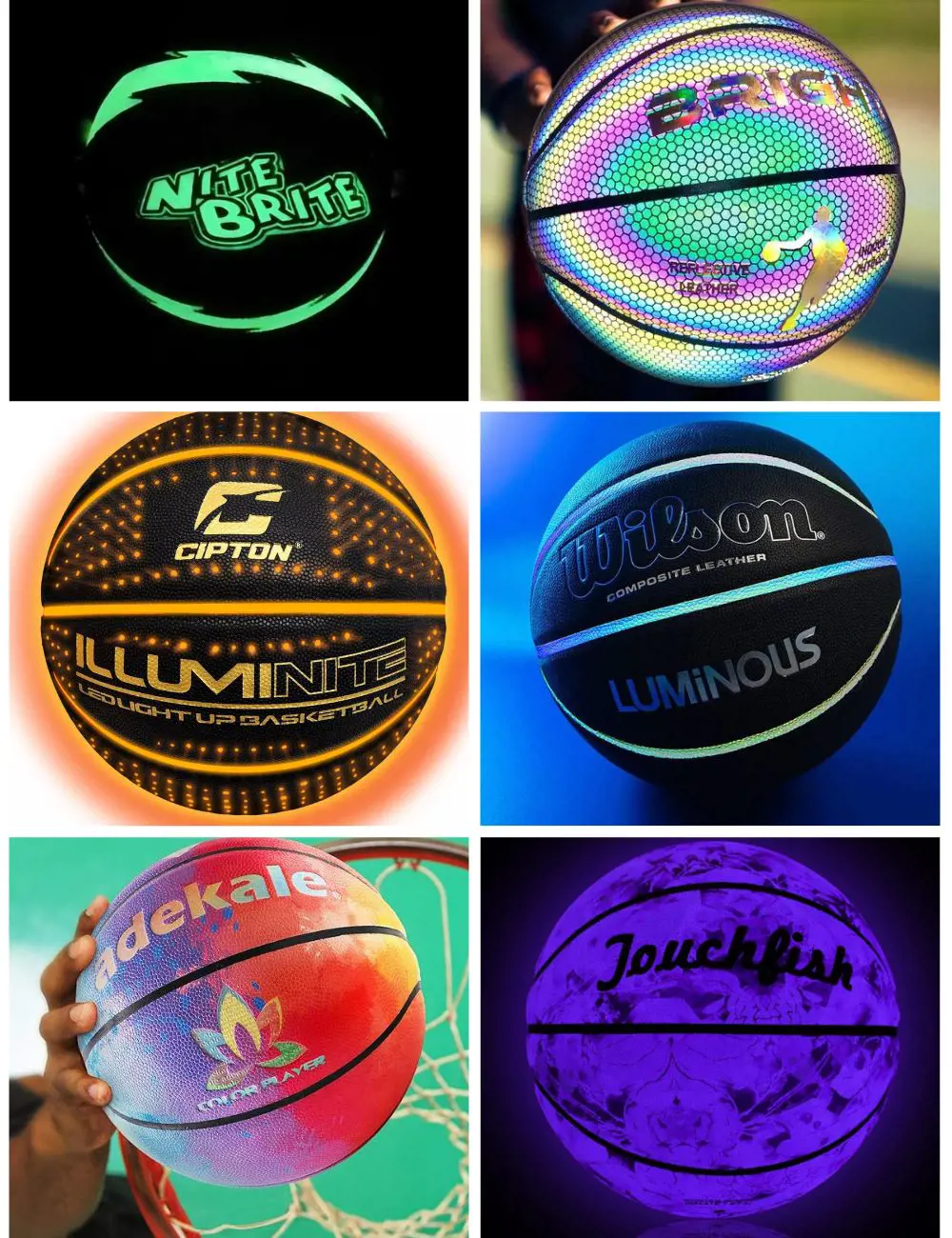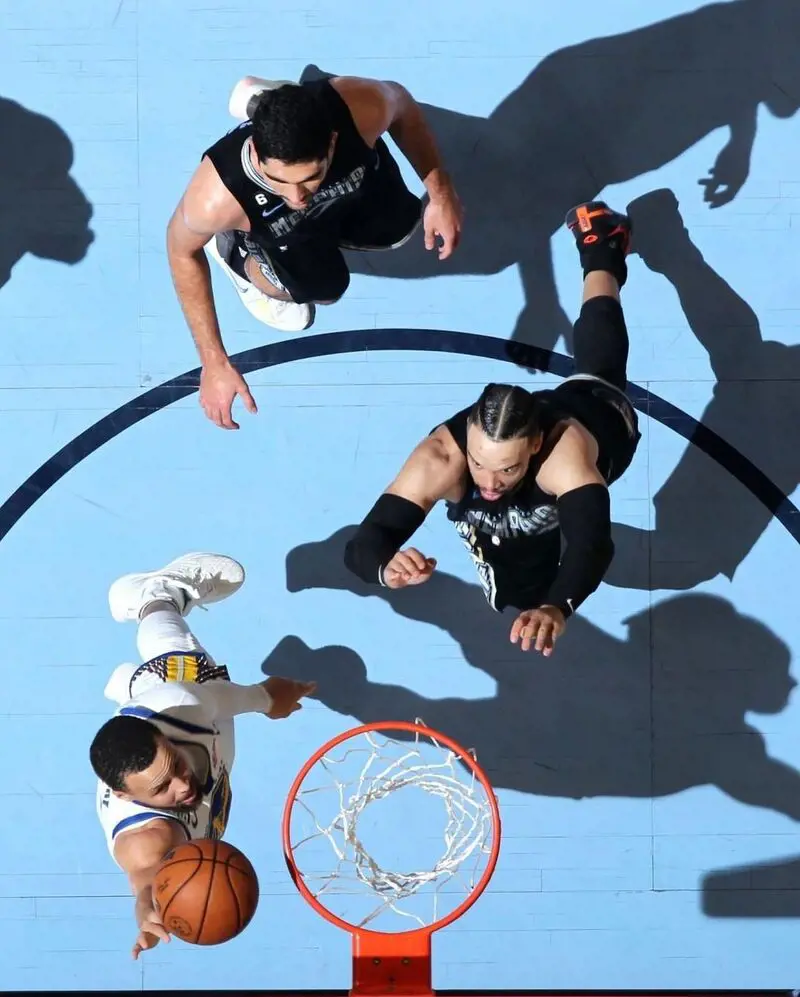
At its foundation, basketball is essentially a symphony of five instruments playing in unison.Every position adds a distinct melody that comes together to become a defensive stronghold or an offensive masterwork.
Comprehending these positions is essential for both ambitious players pursuing their own courtly glory and for fans of the game.
While a basketball team can have several starting players, however only five are allowed on to the court at a time, filling each of the dedicated positions.
When these five positions are played with passion and skill, they provide an enthralling basketball symphony.
1. Center (C)
The Center, the anchor of the team, is usually the tallest member guarding the paint against opposing attacks.
Towering above the fray, they reign supreme in rebounding, swatting away errant shots and securing possessions like trophies.
On offense, they are the paint lords, dominating with powerful post moves, thunderous dunks, and layups that defy gravity.
Think Shaquille O'Neal's unstoppable force or Hakeem Olajuwon's footwork ballet – these are the legends that paint the picture of a dominant center.
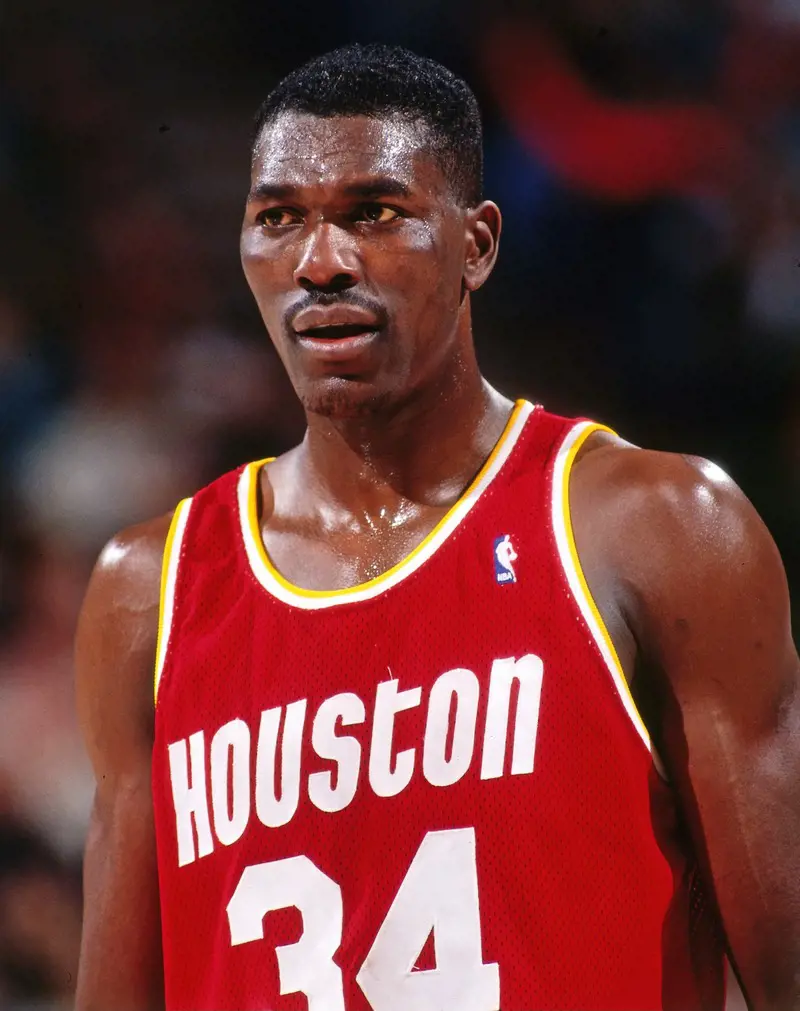
But it's not just brute strength. Centers like Nikola Jokic can thread pinpoint passes like a seasoned orchestra conductor, orchestrating the offense from the heart of the paint.
In terms of defense, centers encircle the rim like an unbreakable wall. Their elongated arms catch rebounds like trophies and swat away bad shoots like flies.
Consider the defensive prowess of Rudy Gobert or the tireless work ethic of Jarrett Allen. These players serve as paint defenders, thwarting offensive moves and drives.
As one of the 5 positions in basketball, the function of a center on the court is listed below:
- Dominating the paint with dunks, layups, and hooks
- Organizing internally with pinpoint passes
- Securing rebounds
- Guarding the rim
- Vocal leader
- Maintaining stability
- Instigating adaptation based on altering game situation
Like ravenous wolves, they fight for second-chance opportunities and box out with the power of bulldozers.
A special combination of size, strength, agility, and skill is needed for the center position, which is a hard one.
They are the center of attention for both the attack and the defense, necessitating both leadership and flexibility in response to the game's constantly shifting dynamics.
They are the real giants of the basketball floor, the cornerstones of the team, and the source of all victory.
2. Power Forward (PF)
The Power Forward is a unique kind of fighter that combines the strength and agility of a forward and a center. Taking longer shots are what differentiate them from the centers.
Their versatility in a role matches their skill set, which makes them an indispensable part of any successful team.
They dominate the low post with their commanding presence and score with thunderous dunks, smooth layups, and unstoppable hooks.
Think of Kevin Garnett's fierce intensity or Charles Barkley's unwavering hustle. These paint lords control the inside, drawing double teams and creating opportunities for teammates.
They can step out and sink mid-range jumpers with deadly accuracy thanks to their touch and footwork.
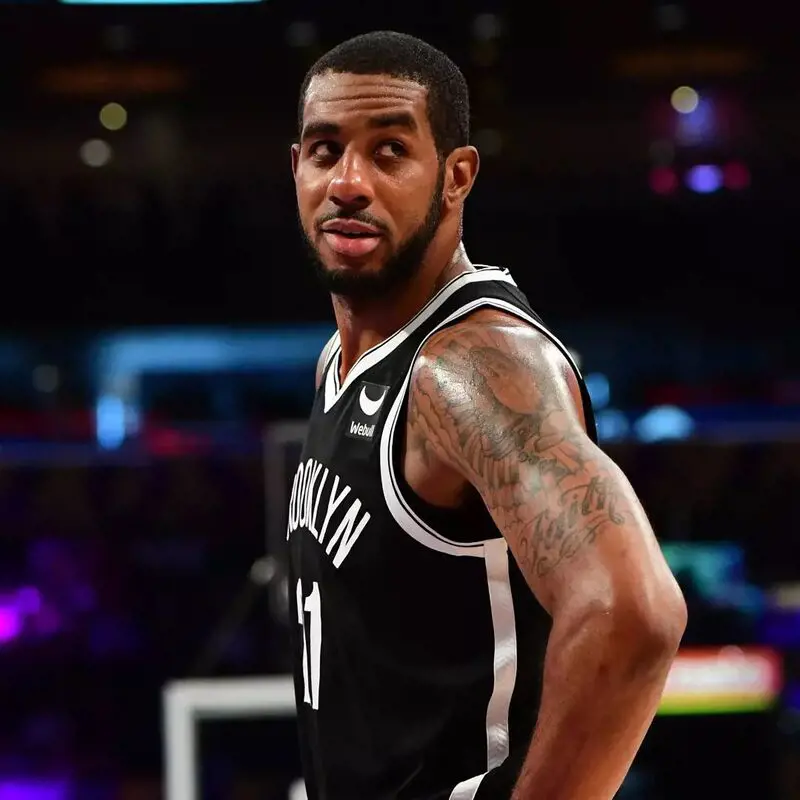
Consider the clutch shooting of Marcus Morris Sr. or the brilliant fadeaway play of Lamarcus Aldridge.
These shooters stretch defenses, open up space for teammates, and pour in points from difficult to defend positions.
The power forward performs the following functions:
- Commands the paint with strength and grace
- Shoots from mid-range, which stretches the defenders
- Uses inventive passing to plan the attack
- Protects several points around the perimeter
- Catches rebounds to gain board possession
- Shifts to defense in order to stop plays
Modern power forwards possess the vision and passing skills to initiate the offense, orchestrating plays from the mid-post.
Pau Gasol's pinpoint passing or Draymond Green's strategic mind showcase how these versatile warriors can turn into playmakers, setting up teammates for success.
3. Small Forward (SF)
On the floor, Small Forwards are the most versatile player on the team, cutting past defenders with ease like phantoms.
With their spectacular layups that force fouls and leave opponents gasping for air, they attack the hoop.
As one of the basketball positions on the court, these players are the offensive stormtroopers, scoring baskets with both grace and sheer force.
Take into consideration LeBron James' incredible drives or Kawhi Leonard's captivating fadeaway.
However, they have more weapons than just paint. Like cold daggers, they can step back and shower threes, stretching the defense and opening up lanes for nimble archers.

Klay Thompson and Steph Curry's splash brothers camaraderie, or Kawhi Leonard's clutch shooting when things get tight, highlight the versatility of the small forward position.
They are scorers, facilitators, and marksmen who can win games with a single basket.
The Small Forwards are capable of the following functions on the court:
- Slashing quickly and nimbly through the paint
- Sending triples raining down from over the arc
- Instigating the attack with a deft pass
- Protecting several points around the perimeter
- Shifting to defense in order to stop plays
- Aiding in getting rebounds for another chance
They are the slashers that break down defenses, creating scoring opportunities for themselves and their teammates.
While not their primary focus, small forwards can contribute to the rebounding effort, especially on missed shots from the perimeter.
4. Shooting Guard (SG)
Shooting guard is the architect of offensive fireworks in basketball. They are usually the best shooter of the team, combining three-pointers with floaters, layups, and mid-range shots.
A great shooting guard possesses these qualities, whether it's Kobe Bryant's incredible fadeaway or Gordon's relentless three-point shooting.
They are more than simply one-dimensional shooters, though. They have the ability to drive, make nifty passes to teammates, and even play perimeter lockdown defense.
The position is a whole package of scorers, playmakers, and defenders who can make the seemingly impossible appear ordinary.
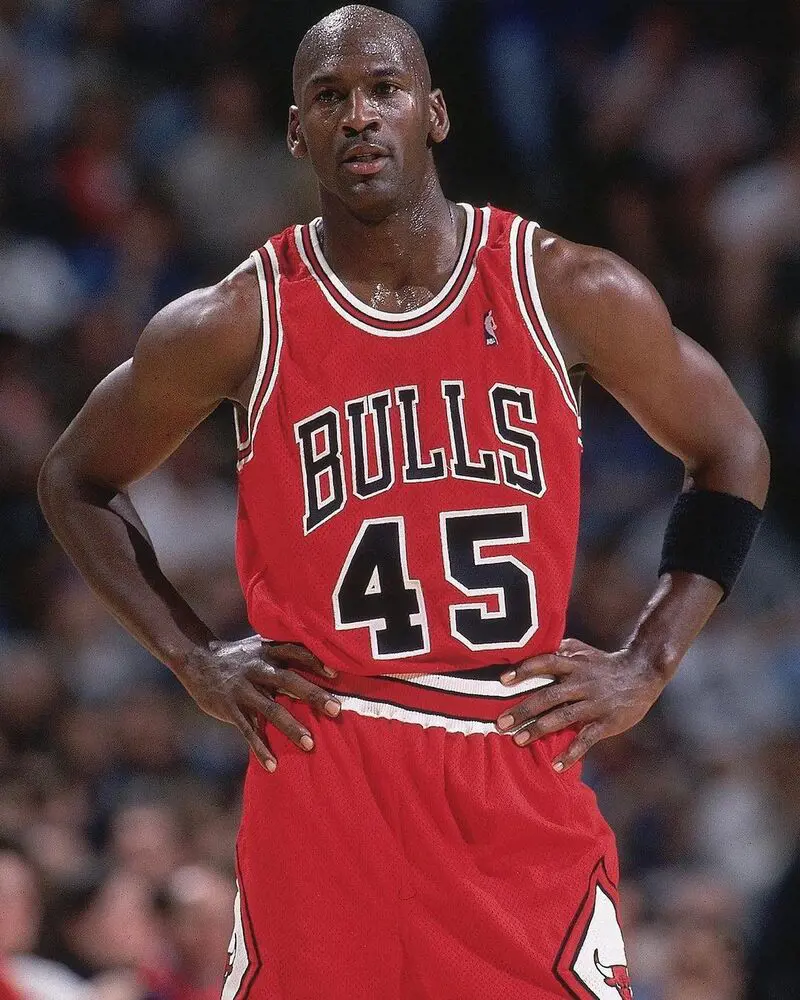
It was demonstrated by players like Michael Jordan, who hustled on both ends of the floor, or Reggie Miller, who made clutch shots late in games.
As one of the basketball number positions, Shooting Guard has the following functions:
- Sending triples raining down from over the arc
- Skillfully draining mid-range jumpers
- Using agility to attack the hoop and draw fouls
- Protecting the perimeter against players who move more quickly
- Shifting to defense to stop plays
- Imposing pressure to compel turnovers from ball handlers
They are essential team defenders because of their awareness; they may cover open shooters or rotate to assist on drives.
They can guard quicker players on the perimeter thanks to their agility, which stops drives and blocks shots.
5. Point Guard (PG)
With a simple flick of the wrist, the Point Guard is one of the different positions in basketball that leads the play as the maestro, the puppet master.
Their ability to see open teammates, threading needle-like passes that unlock scoring opportunities like hidden treasures is unmatched.
Consider the exquisite ball handling of Steve Nash or the pinpoint precision of Stephen Curry; these players are the conductors, guiding the offense with a tactful touch and a strategic mind.
As the best position in basketball, they dictate the tempo, pushing the pace or slowing it down to control the flow of the game.
Clutch step-back jumpers like Damian Lillard demonstrate how these players use deliberate brushstrokes to paint the offensive canvas.
Point guards are adept at assisting, but they are also capable of scoring on their own with three-pointers like that of Curry.
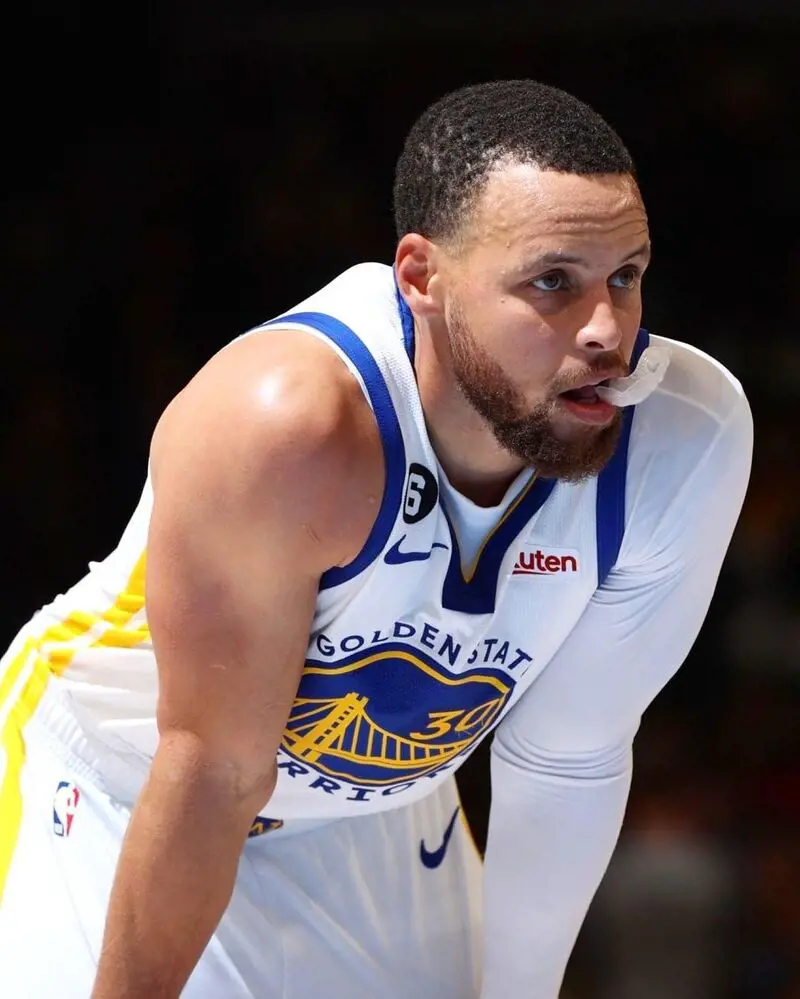
Moreover, Trae Young's long-range bombs and Kyrie Irving's captivating handles show that both maestros can also perform as solo artists, creating their own potent tunes.
The Point Guards are supposed to fulfill the following responsibilities on the court:
- Adeptly directing the attack with precise passing
- Setting the game's tempo and regulating its flow
- Scoring when necessary, giving their attack a new angle
- Obstructing passing lanes and hounding defensive ball handlers
- Directing orders to colleagues and signaling defensive plays
- Striving for rebounds in order to gain possession
They may annoy ball handlers and impede passing lanes with their agility and anticipation, which makes things difficult for opposition guards.
In addition, the point guards demonstrate their leadership abilities by motivating colleagues and calling out screens in advance of offensive plays.
Point guards can also help with rebounding, particularly when long shots and missed free throws are involved.
